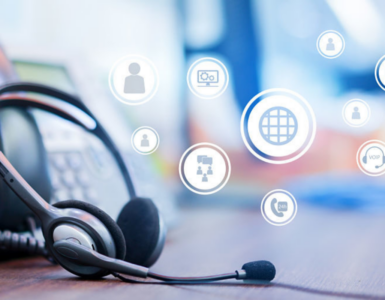Since the end of the Space Race, a discussion regarding whether or not the national space agencies of different countries should be lowered or raised has taken hold of public sentiment. This loss of interest is in part due to the lack of a clear, easy-to-understand goal or objective these agencies have and due to the complex nature of the activities these agencies carry out.
These ‘complex’ activities have positively impacted our lives in ways we are not even aware of, so today we will take a look at some space technologies that have improved our lives.
Mylar insulation
Space is cold, but that’s only if you are not directly in the sunlight’s path. So, if you were to send something out there, you wouldn’t only have to worry about being too cold, but also too hot. Temperature differences of up to 100ºC can occur in the lifetime of some satellites, so naturally you would need some kind of a very durable material. That material is Mylar and has been invented by NASA in the 50’s in order to provide insulation to satellites. However, since then, this technology has been given to the public and today most insulation used by commercial and residential contractors is now based on Mylar.
Scratch-Resistant Lenses
We have all seen the iconic visors and helmets of astronauts, either in movies or in real life. What you may not have known is that the same technology that keeps them scratch-free is now widely used in sunglasses, corrective and safety lenses. The basis of this initially space technology is a coating used to cover a transparent surface, giving it glass-like scratch-resistance. The majority of today’s glasses we mentioned that are sold in US are made of plastic, which this coating works very well with.
Camera Phones
The image sensors used in digital cameras (including, but not limited to those in cell phones) were developed in the 90’s by NASA’s JPL (Jet Propulsion Laboratory), with the intent of developing cheaper cameras that can fit anywhere. In the 80’s, cameras used in space imaging used something called CCD (Charge Coupled Device) technology, which was instrumental in the founding of the digital camera industry we have today. However, in an attempt to improve this sector, a JPL engineer named Eric Fossum developed the CMOS (Complementary metal-oxide-semiconductor) technology, which has been licensed by major companies like Kodak and AT&T Bell Labs and are the backbone of most cameras we use today.
Laptops
Computers were just beginning to come out in the early 80’s and were mostly bulky and took a lot of space, in short, not ideal to send into space. This is where the first ‘laptop’ came in, the Grid Compass. By today’s standards it is still bulky, but it was a much better alternative than classic computers. The Grid Compass introduced the clamshell design (the screen closed flat onto the keyboard) that we are so used to seeing in today’s laptops.
GPS

Finding your way to the nearest gas station has never been easier with the use of GPS. While it was originally used by the US military, this space technology has become widely available and is vital for many industries around the world.
At least 4 satellites are required to pinpoint with a decent degree of accuracy any transmitter on the planet. It is also important to note that GPS refers only to the satellite constellation developed by the USS. They are part of something called GNSS (Global Navigation Satellite System) which also includes, Europe’s Galileo system, Russia’s GLONASS and China’s BeiDou.
Solar cells
The Sun is a constant source of energy that can be relied upon by satellites in outer space. This led to the development of solar cells that were first used on-board a satellite in 1958, as an alternative to batteries. Nowadays, this technology has also become commercially available and can be used to power anything from cars to entire cities.
And there are many more applications that we used in our daily lives. So, not only did space technology helped us explore our Universe, but it has also helped back home. Could you imagine our lives without laptops and GPS?












